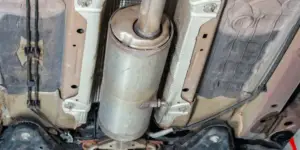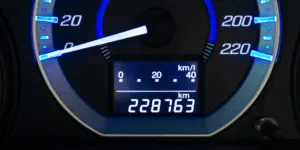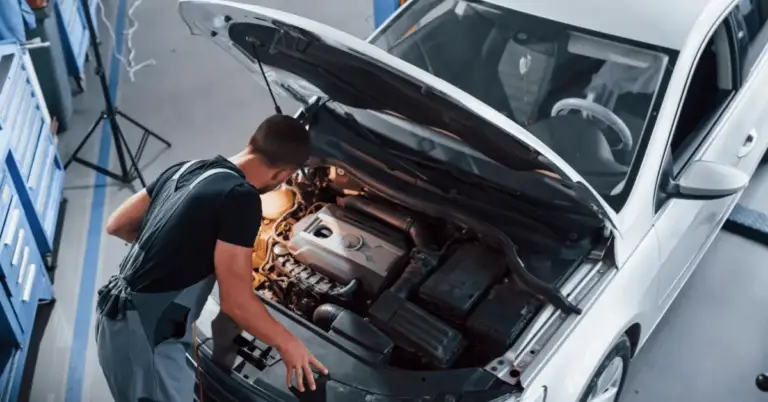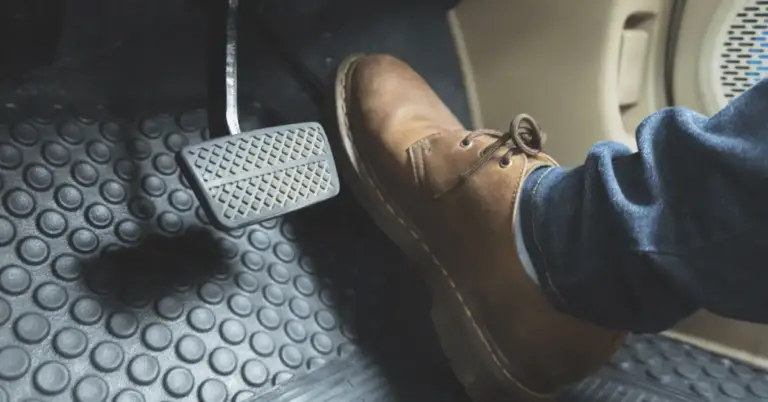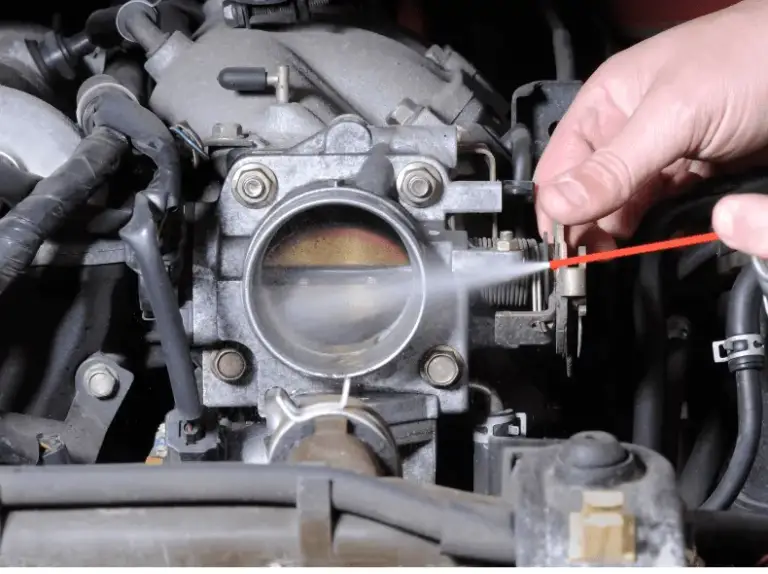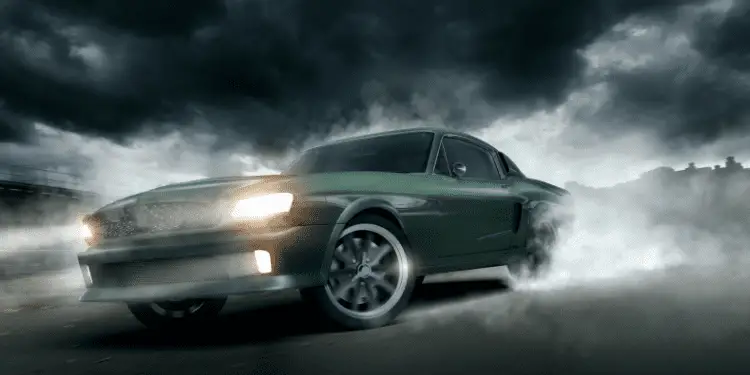
Rev-matching may be something you’ve heard of in the racecar business, or it may be a feature of your very own bike or car that you’d like to be familiar with. It definitely has it’s perks and uses! However, how to use a feature is just as important as when to use it. The question is, “Should you rev match when downshifting?”
According to New Jersey State Auto Experts, any vehicle that has manual transmission does not necessarily need to use the rev-matching feature when being driven; however, it is useful because it relieves strain and lurching in the transmission. For this reason, it is recommended that drivers with manual transmission use rev-match when downshifting.
In this article, we will thoroughly answer the question: “Should you rev match when downshifting?” We’ll make sure that you know everything you need to know when it comes to how to use the rev match system, as well as answer some frequently asked questions on the same topic. Let’s get started!
What is Rev-Matching?
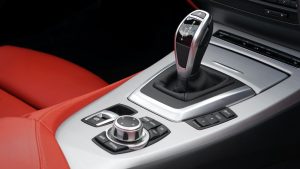
The first thing any driver should understand about rev-matching is that it is a feature which applies to manual transmission vehicles. This means that rev match is used in vehicles that need the driver to select the gear through a shifting process, rather than the vehicle automatically switching gears based on detection of driving conditions.
The second thing one should be aware of when it comes to rev-matching is it’s function. Rev matching is a process that creates a smooth transition from one fast gear to a slower one.
Rev-matching is sometimes called heel-toe down shifting. It occurs when a driver raises engine speed as they shift down into a lower gear so that the lower gear and the speed of the engine “match.”
It takes careful timing to pull off, but is worthwhile for the amount of perks it offers.
Should You Rev-Match When Downshifting?

Now that we know what rev-matching actually is, let us decide whether or not it is a good idea to actually use it when downshifting.
As previously mentioned, yes, rev-matching when downshifting is a good idea because it provides a nice, smooth movement from one gear to another, slower gear for the engine.
You see, when car that has manual transmission for gears needs to slow down with the eventuality that it will speed up again (like when you need to slow down for a turn) downshifting is the best way to drive. Shifting into a lower gear slows the engine down and makes navigating a turn safer.
However, right after the turn is complete, the driver will likely need to speed up again. Drivers may typically downshift into a gear that is lower for a slow turn, but then immediately lift off of the clutch. Sometimes, this causes the manual-transmission vehicle to bog. This unfortunate process is all because the engine speed could not make a smooth transition.
This is where rev-matching really shines. If a car’s downshifting is not smooth and easy, the transmission and the engine itself can wear down. Rev-matching, the technique used to smooth out the transition, is the way to prevent this.
This saves on the cost of engine repair, helps a car to last longer, and even drops the chance of wheel-lock in manual transmission cars!
How to Rev-Match When Downshifting
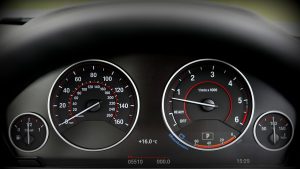
We’ve finally settled the fact that rev matching when downshifting is a good idea. It prolongs the life of a car’s transmission and can provide an escape from some unfortunate gear-shifting side-effects. The question is, how do you rev-match when downshifting?
It is not exactly the push of a button! Let’s examine how to rev-match when downshifting in a few easy steps below:
- Slow Down – This is the first step to successfully rev-matching; the skill only applies when you need to slow down and then speed up again using your gear shifts, especially on a curve! When turning, remember that a lower speed is the safest way to drive.
- Press Clutch – As ever with downshifting gears, you’ll need to press your car’s clutch in. When this happens, your engine’s revolutions-per-minute, or RPMs, will suddenly drop. It is this suddenness you don’t want to repeat later!
- Press Gas – Now press on the gas pedal and bring the engine back up in terms of RPMs using the throttle; this process is called “blipping” the throttle. The engine is speeding up at this point.
- Downshift – Now you’ll shift into your lower gear while simultaneously lifting off of the clutch pedal. The point is for the engine speed, which you engaged in the previous step, to match the speed of the lower gear. This is where the name “rev-matching” comes from!
Conclusion
In short, rev-matching when downshifting has plenty of upsides. It is good for your safety and the overall longevity of your car, and it’s transmission. It also helps you to avoid bogging, or even wheel-lock, because rev-matching creates a smoother transition between gears. The only downside is the slight learning curve.
Frequently Asked Questions
Want to know more about rev-matching? Let’s take a look at some frequently asked questions!
Why do you rev match when downshifting?
The reasons behind rev-matching aren’t really due to any strict necessity. A car with manual transmission is not likely to stop working if you decide not to rev-match. However, the chances that your transitions from gear to gear are rough increase when you do not.
For this reason, it is a good idea to match the engine RPMs with the lower gear’s speed as you downshift; this rev-matching creates a much more even motion for the vehicle’s engine. As a result, it lasts longer and travels more smoothly!
Do you have to rev match in lower gears?
Sometimes, if you are already in one of the lower gears and simply need to slow the engine down even further, you may question the need for rev-matching. However, we still recommend that you use rev-matching, even in lower gears.
This is helpful because, in addition to the benefits that are mentioned above, it helps your car to avoid that uncomfortable forward jerking motion that comes when an engine “brakes.” This is all thanks to rapid shift in gears and changes in speed instead of the gradual acceleration or deceleration that rev-match supports.
Can rev-matching damage the clutch?
Rev-matching might seem like a risky move if you’re not familiar with the mechanics of the process. You may worry about damaging your clutch, but don’t worry; rev-matching is basically harmless. Technically, the only way rev-matching can harm the clutch is if you execute the maneuver incorrectly; however, if you follow the steps above, this is unlikely.
In all actuality, rev-matching lowers the risk of wear and tear on your clutch. Altogether, the drive train and gearbox will also experience less stress.
What is a granny shift?
If you’re a fan of rev-matching, you’ll need to be aware of granny shifting! Granny shifting takes place when a driver upshifts or downshifts normally, to put it simply.
Unfortunately, granny shifting is not considered to be a good thing. Basically, it is the most basic, or oldest, way to shift gears. It doesn’t actually improve the shifting’s transitions. Sadly, if you granny shift, you’re likely to wind up with a bog during the downshift process.
To avoid granny shifting, we definitely recommend rev-matching instead!
What is the best RPM to downshift at?
As useful as downshifting is when it comes to driving, there is a right and a wrong way to do it. Generally speaking, it is important not to even try to downshift until your engine’s RPM has slowed down to at least 1100 RPM as it is in gear.
Why should you not downshift into first?
While we’re on the topic of downshifting, many have heard the advice not to downshift into first; we certainly agree! Downshifting into first gear is just one more way to cause a strain on the transmission’s individual components.





